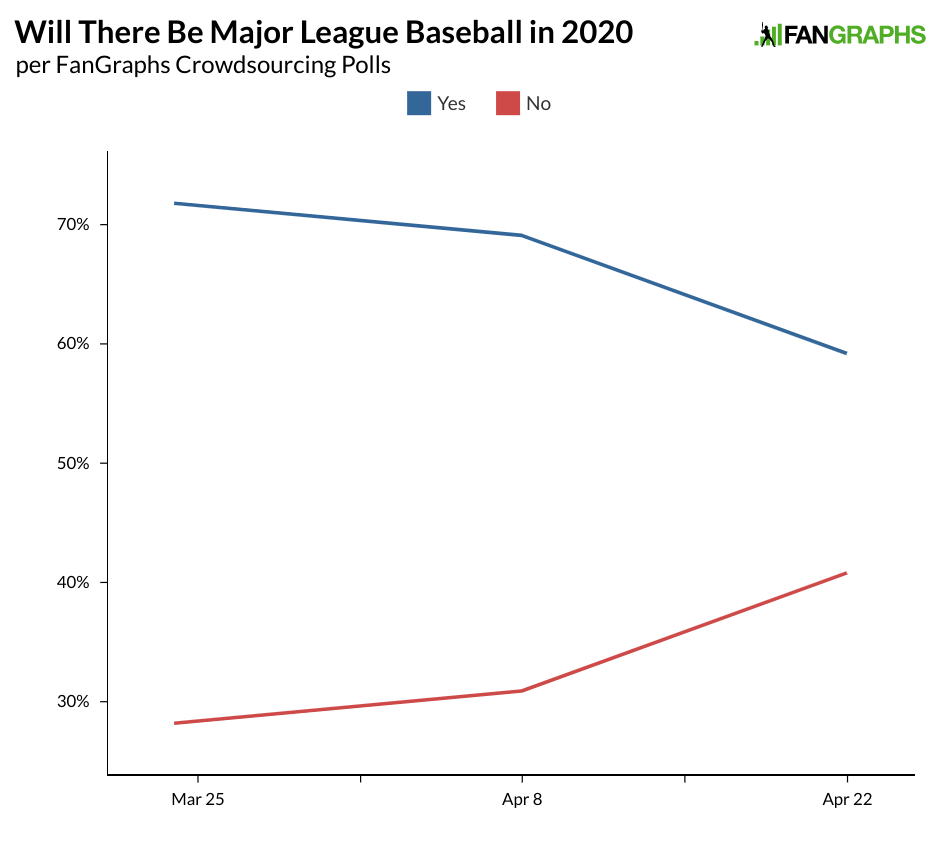Below is an analysis of the prospects in the farm system of the Chicago White Sox. Scouting reports are compiled with information provided by industry sources as well as my own observations. For more information on the 20-80 scouting scale by which all of our prospect content is governed, you can click here. For further explanation of the merits and drawbacks of Future Value, read this.
All of the numbered prospects here also appear on The Board, a resource the site offers featuring sortable scouting information for every organization. It can be found here.
Other Prospects of Note
Grouped by type and listed in order of preference within each category.
Catching Depth (and Remillard)
Carlos Perez, C
Gunnar Troutwine, C
Ricardo Aguilar, C
Zach Remillard, SS
Perez, 23, has good bat-to-ball skills and arm strength but little power. He might be a third catcher. Troutwine is a tough dude with great feel for the strike zone. Aguilar just signed. He’s a converted infielder with a compact frame and contact-oriented approach. Remillard is upper-level depth capable of playing almost every position on the field.
High Probability Depth Arms
Andrew Perez, LHP
Matt Foster, RHP
Vince Arobio, RHP
Bernardo Flores, LHP
All of these pitchers are in their mid-20s. Perez needs to find a breaking ball, but he will touch 95 from the left side and his changeup is plus. So, too, is Foster’s; he is also up to 95 with a backspinning axis and relatively flat approach angle. Arobio has a high spin, backspinning fastball, too, but his angle is more downhill. He has the best breaking ball of this group. Flores is a four-pitch lefty with good breaking stuff and a 40 fastball.
Younger, Raw Pitching
Frander Veras, RHP
Davis Martin, RHP
Yoelvin Silven, RHP
McKinley Moore, RHP
Veras is 21 and spent 2019, his first pro season, in the DSL. He was up to 96 there and his changeup has late sinking action at times. Martin is another good Day Three pick out of Texas Tech. He sits 89-94 and has a plus slider. Silven was up to 95 as a 19-year-old in 2019 but his secondary stuff is in the 40/45 area right now. Moore is also arm strength-only right now but he’s a little older and bigger. He’s up to 98.
System Overview
This system remains top-heavy, with much of its oomph packed into the first couple prospects on the list rather than spread throughout the system. I was critical of the org’s ability to develop pitching in last year’s writeup as many of their arms had gone backward throughout 2017 and 2018, but 2019 (best exemplified by Lucas Giolito on the big club and Stiever on the farm) was better. What becomes of Dalquist and Thompson will be a terrific litmus test for the org’s direction since both are really athletic and seem capable of making adjustments. The org seems good at killing spin, as several of their pitchers have offspeed weapons, either splits or changeups, with very low spin compared to those on a lot of other teams.
The White Sox have not yet begun to move any of the players who make up their, uh, glut of big-bodied 1B/DH types, or who threaten to occupy that defensive space at some point soon. Here’s the list of players I think make up that group: Yermin Mercedes, Zack Collins, newly extended José Abreu, newly signed Edwin Encarnación, Micker Adoldo, Andrew Vaughn, Eloy Jiménez, Gavin Sheets, and (fingers crossed for him) Jake Burger. There’s not enough room for all of these guys but they all have value, so it makes sense several will be traded. Gavin Sheets’ 40-man timeline could mean he’s pried from the org for very little since they clearly don’t have room for him but his Rule 5 eligibility is coming.
The White Sox are perhaps the team that would most benefit from an International draft as they seem to sign players who become eligible later in the process, which is why they end up with a lot of Cuban players and signees who commit to deals several months after the signing phase opens. A draft would give them access to a player pool they don’t seem inclined to deal with right now — essentially, all the players who agree to deals well in advance of actually signing them.

